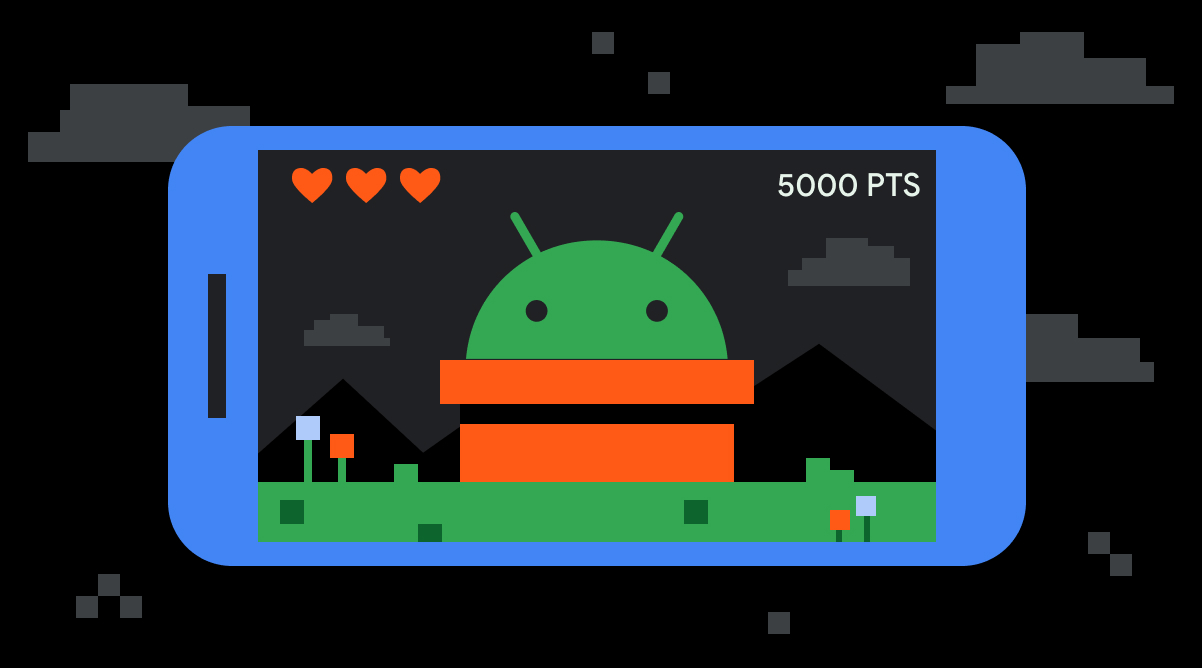Creating a successful Android game is a journey that involves creativity, technical skills, and careful planning. At Martico, we have honed a workflow that transforms a game concept into a polished APK ready for release. In this article, we’ll take you through every major stage of our process.
Step 1: Concept and Ideation
Our process begins with brainstorming game ideas based on market trends, player feedback, and creative vision. We analyze the target audience, platform specifics (Android devices diversity), and monetization models.
Key outputs at this stage:
- Game concept document
- Core gameplay mechanics outline
- Initial art style direction
Step 2: Prototyping
We build a simple prototype to test core mechanics and gameplay loops. This helps identify what works and what needs adjustment before investing in full development.
Tools used:
- Unity or custom engine
- Basic placeholder assets
- Rapid iteration and testing on real devices
Step 3: Design and Production
Once the prototype is approved, full-scale production begins.
- Art and Animation: Creating final assets including characters, environments, UI elements, and animations optimized for mobile.
- Programming: Implementing gameplay logic, user interface, input handling, and integrating third-party services like analytics and ads.
- Audio: Designing sound effects and music that enhance player immersion.
Step 4: Testing and Quality Assurance
Testing is continuous but formal QA starts here:
- Functional testing for bugs and crashes
- Performance testing on multiple Android devices
- Usability testing to ensure intuitive controls and UX
- Compliance testing for Google Play Store guidelines
Feedback from QA cycles leads to bug fixes and improvements.
Step 5: Optimization and Build Preparation
Before generating the APK, we optimize:
- Asset compression and removal of unused resources
- Code stripping and build size reduction
- Splitting APKs by device architecture (ARMv7, ARM64)
- Enabling ProGuard or other obfuscation tools
We also prepare store assets like screenshots, descriptions, and promotional materials.
Step 6: Build and Deployment
The final APK is built with proper signing and versioning. We perform a last round of testing on release candidates before uploading to Google Play Console.
Step 7: Post-Launch Support
Our work continues after launch:
- Monitoring analytics for user behavior and retention
- Bug fixes and performance patches
- Adding new content and features based on feedback
Why Our Workflow Works
Our structured yet flexible workflow ensures quality, timely delivery, and player satisfaction. We balance creativity and technical rigor to create Android games that players love.


No responses yet